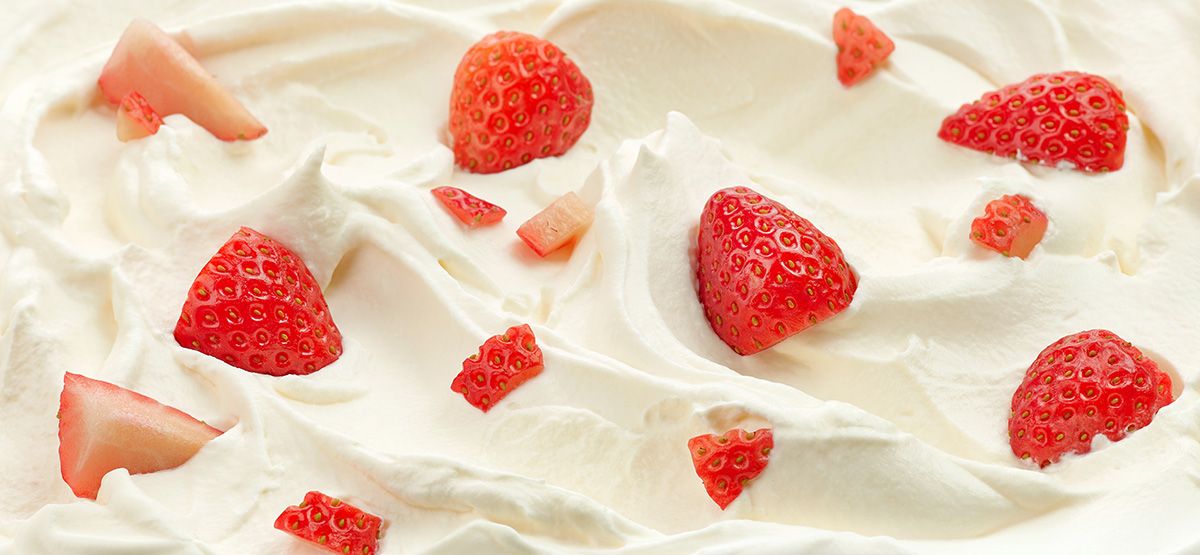Cooking with a Rotary Evaporator?

When the American chemical researcher Lyman C. Craig invented the rotary evaporation system in 1950, probably he could not imagine what an innovation he brought into the chemical and pharma industries. Advantages of the technique are numerous but some precautions have to be taken specially when treating samples prone to bump, like for example, ethanol.
It is a matter of fact that experienced chemists carefully regulate the power of the vacuum or play with the bath temperature or thoroughly set the evaporation rate in order to avoid or drastically reduce the risk of bumping, occasionally associated with foaming. Since its invention the rotary evaporation technique has been growing and expanding almost constantly, going well over the boundaries of chemistry and pharma. One of the latest and unexpected applications, that probably Mr. Craig could not imagine to see 60+ years ago, is rotary evaporation applied to “molecular cooking”.
The evaporation technique is usually associated to chemistry but in the recent years celebrated chefs have been using rotary evaporators in their kitchens and less famous chefs are now doing so too. In spite numerous, and inevitable, initial perplexities it seems it is a widespread trend, particularly in some countries. Contrary to applications in chemistry, where many times samples can be difficult to be processed, this is an ”easy” extraction, in general without any problem. Actually, in the large majority of the cases, more than extraction it is merely a question of cooking fresh food gently and precisely preserving taste, scent and nutritional facts by spoiling the combination temperature/vacuum.
Click here for details on our portfolio of Rotary Evaporators.